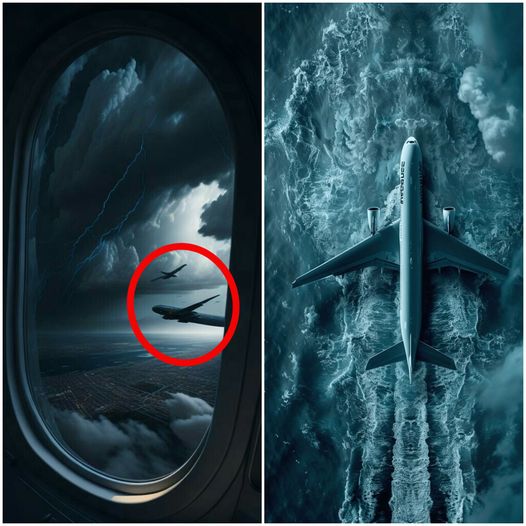A series of recent plane crashes around the world has sparked widespread concern, with many wondering what could be causing such tragic incidents. While air travel is statistically one of the safest modes of transportation, the sudden surge in crashes has left experts and the public alike searching for answers.
The phenomenon has been shrouded in mystery, with various theories emerging as to what might be behind these accidents. Some suggest that climate change could be a factor, pointing to increasingly unpredictable weather patterns that can lead to dangerous flying conditions. Extreme weather events, such as sudden storms or turbulence, may catch even the most experienced pilots off guard, leading to catastrophic outcomes.
Technical failures have also been cited as a possible cause. Modern airplanes are highly complex machines, reliant on numerous systems working in harmony. A failure in even one of these systems can have devastating consequences. Recent investigations have revealed instances of faulty components, software glitches, and maintenance oversights that could contribute to crashes. The increasing reliance on automation in aviation has brought its own set of challenges, as pilots may struggle to take control in emergency situations if they have become too dependent on automated systems.

Human error remains a significant factor in many aviation accidents. The pressure on pilots and crew to perform flawlessly in high-stress environments can sometimes lead to mistakes. Fatigue, miscommunication, and decision-making under duress are all elements that can contribute to tragic outcomes. In some cases, investigators have found that lapses in judgment or failure to follow standard procedures were critical in the chain of events leading to a crash.
Beyond the technical and human factors, some of the recent crashes have been attributed to more sinister causes. In a world where geopolitical tensions are high, the possibility of sabotage or terrorism cannot be ruled out. Authorities have had to consider the potential for deliberate acts, whether by individuals with malicious intent or groups looking to make a statement. These scenarios add a layer of complexity to investigations, as they require a thorough examination of security protocols and the possible infiltration of dangerous elements.

The ongoing investigations into these crashes are vital for uncovering the exact causes and preventing future tragedies. Each crash is meticulously analyzed by teams of experts who piece together evidence from black boxes, wreckage, and witness statements. Their findings will help improve safety standards and address any vulnerabilities in the aviation industry.
While the reasons behind these recent plane crashes may vary, the common thread is the urgent need for the industry to adapt and evolve. Continuous improvements in technology, better training for pilots and crew, and rigorous maintenance protocols are essential to ensuring that air travel remains safe. The lessons learned from these tragic incidents will drive advancements in aviation safety, helping to protect the lives of those who take to the skies.

As the world watches and waits for answers, the hope is that these investigations will lead to a deeper understanding of the mysterious phenomena behind the crashes. In the meantime, the aviation community must remain vigilant, taking proactive steps to safeguard against the risks that have come to light. The recent spate of plane crashes is a stark reminder that while flying may be safer than ever, it is not without its challenges, and the quest for safer skies is an ongoing mission.
